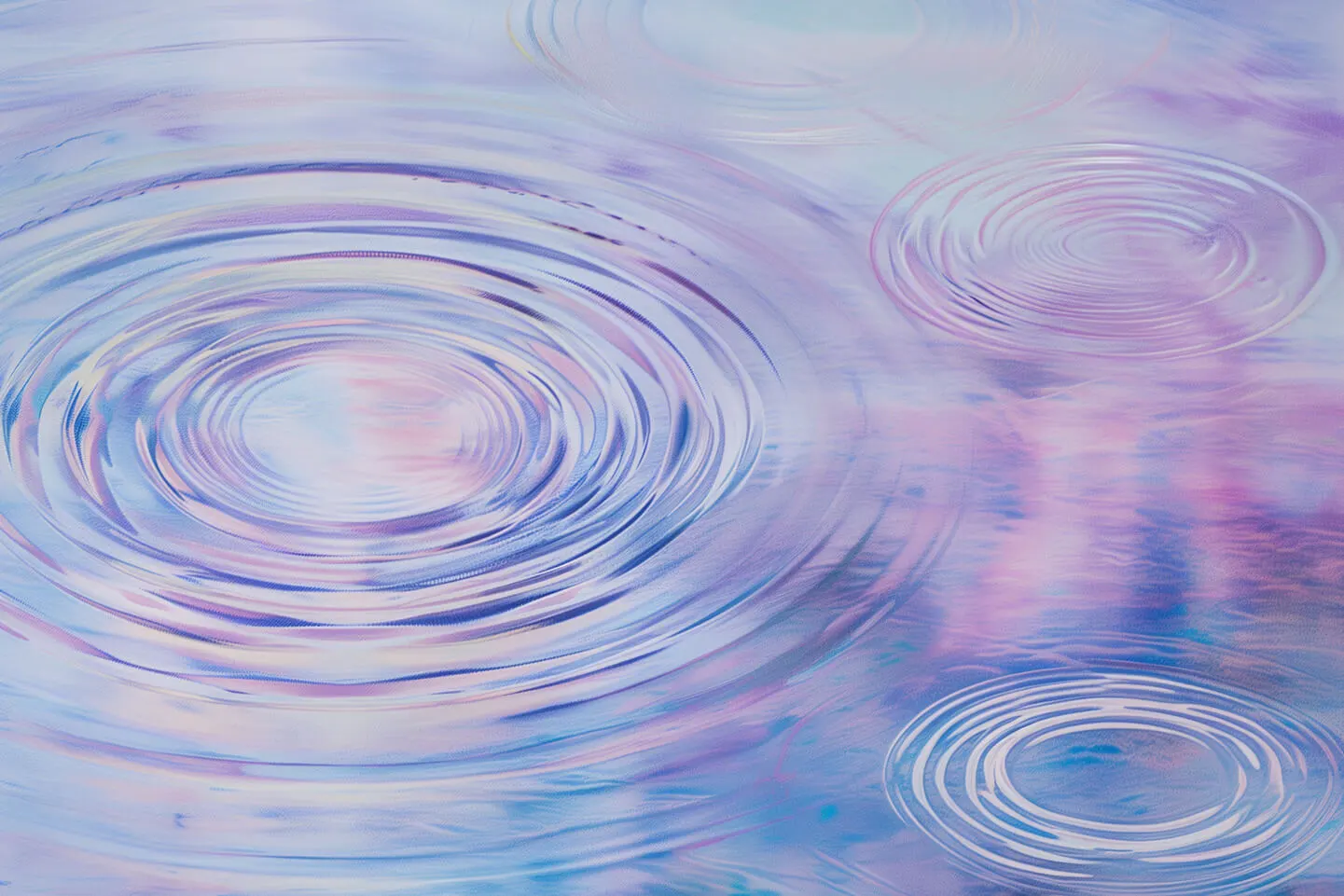Dive into the Graphic Design Process

Dive into the Graphic Design Process
The ideal design process doesn't exist, but we can get close to establishing a really good workflow that makes everyone's life easier.
Graphic design is more than just arranging images and text on a canvas; it's about telling a story, conveying a message, and evoking emotions through visual communication. Behind every stunning design lies a meticulous process that involves creativity, strategy, and technical skills. In this article, we'll take a journey through the graphic design process, exploring the steps designers take to bring ideas to life and create captivating visuals that resonate with audiences.
Understanding the Brief
Every design project begins with a brief – a document outlining the client's objectives, target audience, brand guidelines, and project scope. Designers delve deep into this brief, asking questions, conducting research, and gathering insights to grasp the essence of the project. Understanding the client's vision and goals is crucial for crafting a design that aligns with their expectations and effectively communicates the intended message.
Research and Inspiration
Armed with a clear understanding of the project requirements, designers embark on a journey of exploration and inspiration. They scour the web, flip through design magazines, visit art galleries, and gather visual references that spark creativity. Researching competitors, industry trends, and cultural influences helps designers stay informed and ensures their designs are relevant and impactful.
Conceptualization
With a wealth of inspiration at their fingertips, designers begin the process of conceptualization. They brainstorm ideas, sketch rough drafts, and explore different design directions. This stage is characterized by experimentation and iteration as designers refine their concepts, exploring various layouts, color palettes, typography choices, and visual elements. Collaboration with team members and clients fosters innovation and ensures the final design meets the project objectives.
Design Development
Once a concept is selected, designers transition to the design development phase, where they breathe life into their ideas. Using industry-standard software like Adobe Photoshop, Illustrator, or InDesign, designers craft digital mockups and prototypes, refining every detail to perfection. They pay close attention to composition, hierarchy, balance, and visual hierarchy, ensuring the design effectively communicates the intended message and captivates the audience.
Feedback and Iteration
Design is a collaborative process, and feedback plays a crucial role in refining and improving the final product. Designers present their initial concepts to clients or stakeholders, soliciting feedback and insights. Constructive criticism is welcomed as designers iterate on their designs, making adjustments based on client preferences, usability considerations, and design principles. This iterative process continues until the design meets the client's approval and aligns with the project objectives.
Finalization and Delivery
With the design polished to perfection, it's time for the final touches and delivery. Designers ensure all files are properly formatted, optimized for various mediums, and ready for implementation. They provide clients with deliverables such as high-resolution images, print-ready files, or web assets, along with any necessary documentation or guidelines for future reference. Collaboration doesn't end here; designers remain available to provide support and address any post-delivery needs or revisions.
The graphic design process is a journey of creativity, collaboration, and craftsmanship. From understanding the client's brief to delivering a polished final product, designers navigate through various stages, each requiring careful thought, skill, and attention to detail. By embracing creativity, embracing feedback, and leveraging their technical expertise, designers can create visuals that not only captivate audiences but also leave a lasting impression and drive meaningful engagement.
John Luba
Author & Content Creator